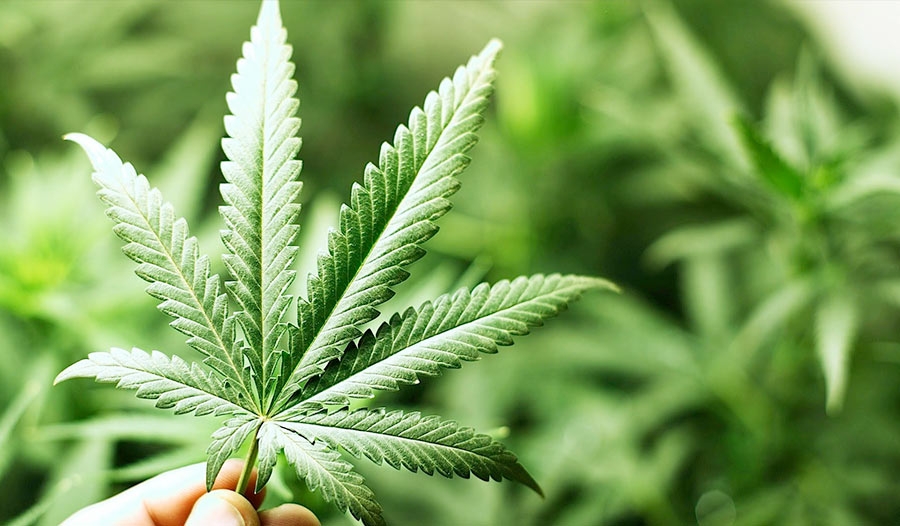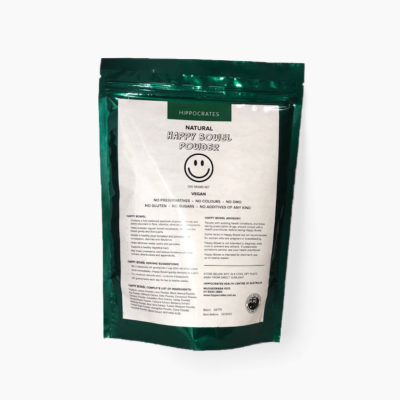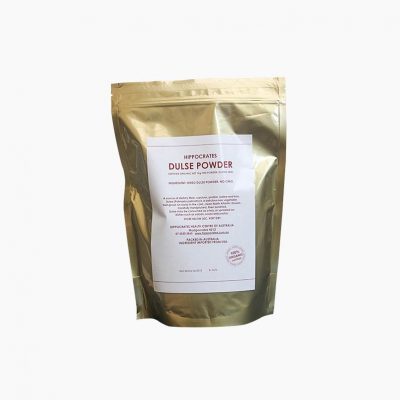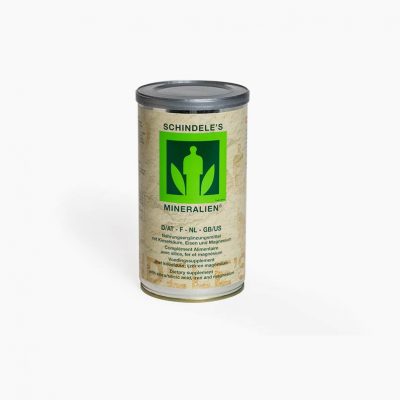
Six Surprising Facts About THC
THC, or tetrahydrocannabinol, is the primary ingredient in marijuana responsible for the high.
But getting high is not all that it’s good for. THC also has a wide range of medical benefits, and is commonly reported to relieve pain, nausea, and depression, among many other conditions.
Scientific research on THC began decades ago in Israel, and has since spread to many countries across the globe. Yet its status as an illegal drug has made information about this cannabis compound hard to come by.
Here are six facts about THC that have started to make their way into the spotlight:
01. THC was discovered in 1964.
THC was first isolated and synthesized from the cannabis plant by a scientist in Israel named Dr. Raphael Mechoulam.
As a postdoctoral student in the early 60s, Dr. Mechoulam noticed that the active compounds in morphine and cocaine had been isolated, but no one had isolated the active ingredient in marijuana.
Dr. Mechoulam was in such a rush to conduct his research that he actually broke the law by obtaining marijuana from his friends in the police department. But the scientist still managed to isolate THC in 1964, marking the start of a long career dedicated to cannabis research.
The discovery of THC paved the way for later discoveries and earned Dr. Mechoulam numerous honors, including a NIDA Discovery Award in 2011.
02. THC is one of more than sixty active ingredients in cannabis.
Despite being the most recognized ingredient in marijuana, THC is just one of many compounds in the plant with known medical uses.
THC belongs to a unique class of compounds called cannabinoids. Since Dr. Mechoulam’s discovery, more than sixty other cannabinoids in cannabis have been identified.
THC and CBD are the two cannabinoids usually found in the highest concentrations.
03. THC is used in FDA-approved pharmaceuticals.
While THC is still illegal in the U.S. and most countries around the world, synthetic versions of the chemical have been legally prescribed for decades.
The first THC-based pharmaceutical, a pill sold as Marinol (scientific name: dronabinol), was developed by a company called Unimed Pharmaceuticals with funding from the National Cancer Institute. In 1985, Marinol received FDA approval as a treatment for chemotherapy-related nausea and vomiting.
Since then, other pharmaceuticals containing THC have also been developed. These include Cesamet (nabilone), a synthetic isomer of THC, and Sativex (nabiximols), a whole cannabis extract administered as an oral spray.
04. THC can protect brain cells and stimulate their growth.
Contrary to popular belief, THC has been proven to have a number of positive effects on brain cells. Whereas most recreational drugs are neurotoxic, THC is considered a “neuroprotectant,” meaning it can protect brain cells from damage caused by things like inflammation and oxidative stress.
What’s more, scientists have even shown that THC can promote the growth of new brain cells through a process known as neurogenesis. This effect was first discovered in 2005 by researchers at the University of Saskatchewan.
The study’s lead author, Dr. Xia Zhang, noted in an interview with Science Daily: “Most ‘drugs of abuse’ suppress neurogenesis. Only marijuana promotes neurogenesis.”
05. Chemicals like THC are found in the body.
Following the discovery of THC, scientists searched for decades for similar chemicals in humans that might explain its effects. In 1992, Dr. Mechoulam and his team made another breakthrough when they discovered a molecule called anandamide.
As it turns out, anandamide is one of a few cannabinoids produced in various parts of the body, including the brain. Similar to the way opioids work by mimicking their natural counterparts (endorphins), chemicals in marijuana mimic naturally occurring cannabinoids called endocannabinoids.
Both anandamide and THC act on pathways in the body called cannabinoid receptors. In the brain, anandamide works to regulate mood, sleep, memory and appetite.
06. THC doesn’t always come with a high.
Most people know of THC because of its ability to induce euphoria, or a high. Interestingly, THC does not always have this effect on its own.
That’s because THC is mostly present in the cannabis plant as THCA (tetrahydrocannabinolic acid), its acidic precursor. THCA is not psychoactive, which is why ingesting cannabis raw is unpopular among recreational users. On the other hand, medical users commonly take raw preparations, since THCA possesses some of the same therapeutic benefits as THC.
THCA is typically converted to THC when exposed to heat, through a reaction known as decarboxylation. However, when plants are stored, small amounts of the acid may be converted to THC over time.




